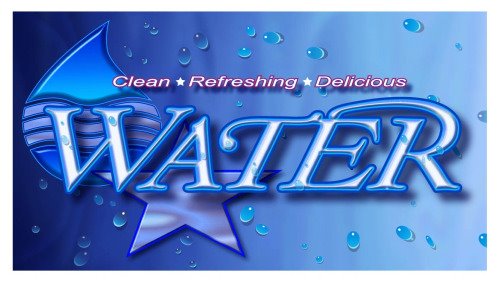
Tucson, AZ
Aqua Star International announces a new addition to its green oriented vending product line.
The Pure-Vend G-2500 model joins the G-2000 in the company's
eco-friendly offerings.
Designed for indoor/outdoor installation in public retail, campus or recreation settings, the G-2500 dubbed "b.y.o.b." provides a filling station source for all those environmentally conscious consumers who have given up throw-away plastic bottles in favor of
BPA-free reusable plastic or stainless steel drinking water bottles.
With the introduction of this new type of vending machine, people are no longer forced to choose between expensive (and environmentally taxing) purchased water in disposable plastic or tap water carried from home or refilled from a public fountain. The b.y.o.b. will provide the convenience to encourage more people to make the switch from disposable to reusable bottles.
Initial field test installations have been underway for several months with additional sites slated for high traffic public areas in the city of Tucson over the next two months.
During this stage of development the company intends to test several different revenue models locally before launching the product beyond the control of its sister company
Arjencia Water, which operates a large number of bulk water vending machines and water station kiosks throughout southern Arizona (see
www.arjencia.com for more information)
Versatility in payment systems and water filtration processes are hallmarks of the G-2500. Currently the machines can be operated via, coin/cash, prepaid cards, tokens, coupons or free-vends. Filtration mode can be custom defined by the environment of machine placement; anything from direct vend of tap quality, to multi-stage filtration to full reverse osmosis depending on utility resources and quality of the source water.
For more information please visit
www.aquastarintl.com or contact Rick
MacNeal @ 800-688-1858 or
rick@aquastarintl.com






